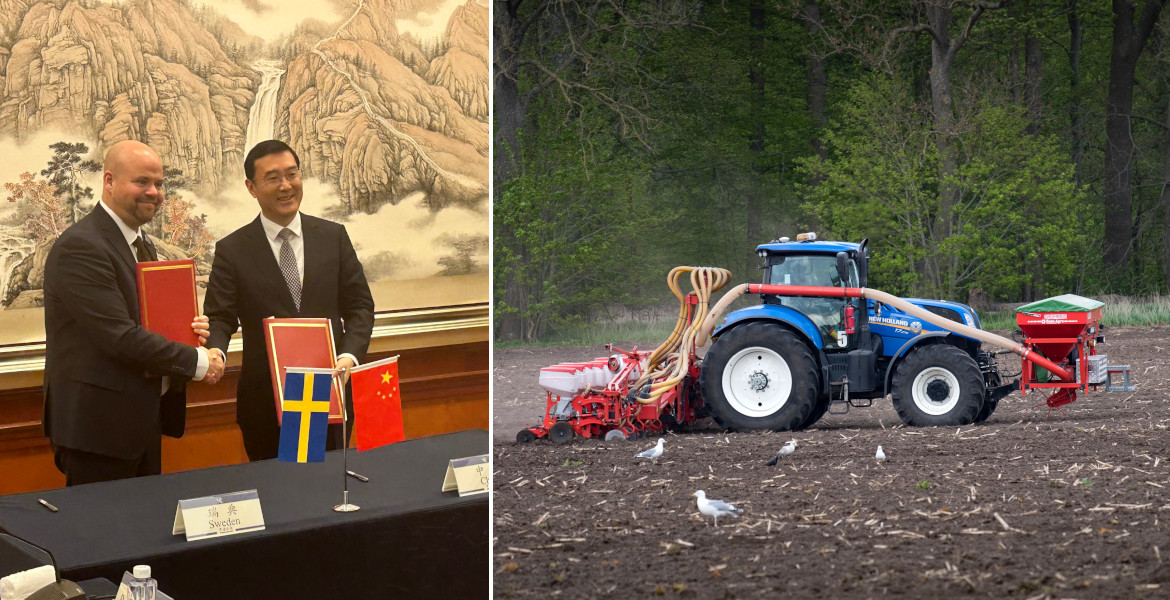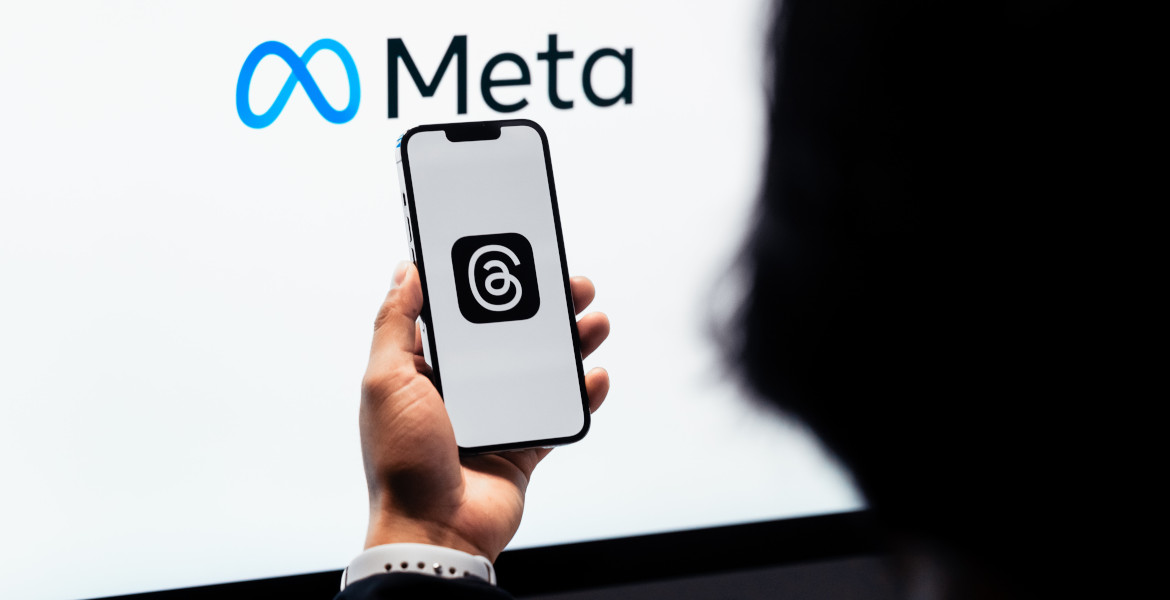Swedes can expect gasoline and diesel prices to rise significantly from 2027, regardless of the political constellation in Sweden.
The reason is the EU's new emissions trading system ETS 2, which forces fuel companies to pay for carbon dioxide emissions – a cost that directly affects consumers.
Regardless of the outcome of the 2026 election, Swedish motorists will face higher fuel prices. Behind the increase is the EU's ETS 2 emissions trading system, which has already been adopted by the Swedish Parliament. The system, which comes into force in 2027, requires companies that sell fossil fuels to purchase emission allowances for every ton of carbon dioxide they emit. The cost is expected to be around SEK 2.50 (€0.23) extra per liter based on today's prices for emission allowances.
Emissions allowances are already being traded on the pre-market, where the price in May was 74 euros per ton of carbon dioxide. According to John Hassler, professor of economics and former government climate advisor, this is a realistic forecast for the future:
– This is probably the best guess of what these emission allowances will cost in the future, he told state television SVT.
EU does not allow tax cuts
Sweden stands out in European comparisons as one of the countries where fuel prices are currently lowest, partly as a result of the government's tax cuts on fuel.
However, the EU has the final say here too, and according to John Hassler, Sweden is already close to the lowest tax level allowed by Brussels for gasoline and diesel, which will make future price adjustments difficult when the new emissions trading system, ETS 2, is introduced.
– We cannot compensate for this by lowering taxes on gasoline and diesel, maybe by 0.5 SEK, but no more than that, he says.
Hundreds of millions to the treasury
At the same time, ETS 2 will generate significant revenue for the government – estimated at €915 million annually – as the EU distributes the revenue from emission allowances to member states. Hassler believes that the money should be used to mitigate the effects on Swedish households.
– There is a good signal value in using this money for, for example, a climate bonus for Swedish households. One could also imagine this money going to people in rural areas or other places where it is difficult to find alternatives to cars.
Green Party spokesperson Amanda Lind has previously stated that the opposition is planning fuel price increases to reduce emissions. However, analysts believe that price increases will happen regardless of which party is in power in Sweden, as this has largely become an EU issue with limited national influence.
The EU Emissions Trading Scheme ETS 2 is an expansion of the previous emissions trading scheme to include the transport and construction sectors. The aim is said to be to push down the use of fossil fuels by making them more expensive. From 2027, fuel suppliers will have to buy allowances for their emissions, a cost that will be directly passed on to the end consumer.




